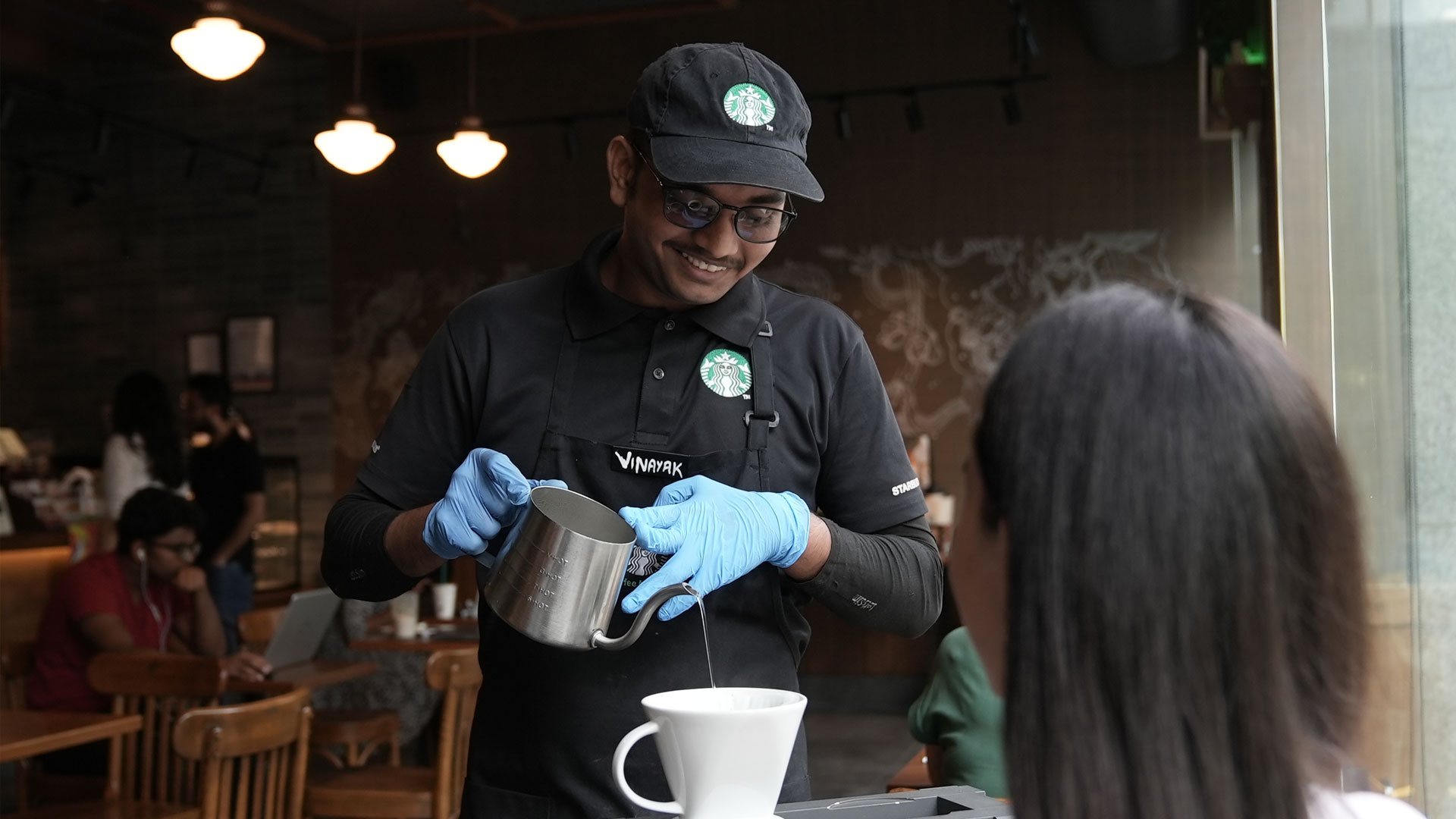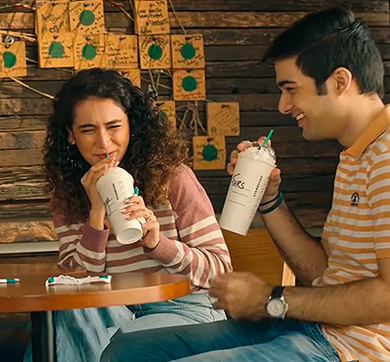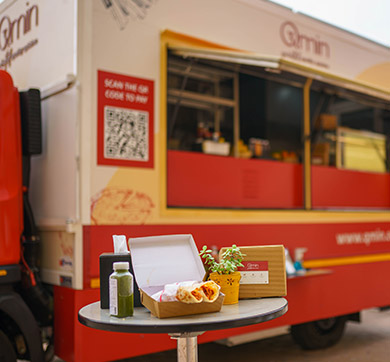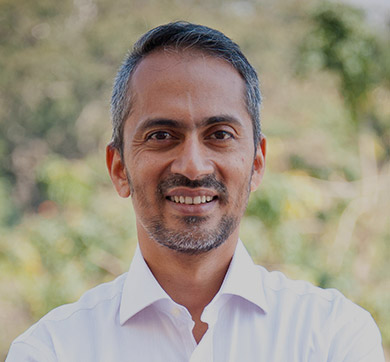November 2023 | 1373 words | 5-minute read
Indians across the country are developing a taste for premium coffee and elevated café experiences — no mean feat in a country where 91% of the population thrives on tea.
According to Sushant Dash, Chief Executive Officer, Tata Starbucks, this turnaround is in no small part due to the company’s entry into the market over 10 years ago. In that time, Tata Starbucks has laid a strong foundation for its business, introducing Indians to its world class blends, the warmth of its famous Third Place experience, and formed a connection that goes beyond the transactional.
This puts the brand in a strong position to counter the growing number of domestic and international players entering the rapidly expanding Rs 5,000 crore coffee retail market. The new entrants are looking to capitalise on the India opportunity — it’s the world’s most populous nation, of which half is young and upwardly mobile. “Competition is a good thing,” says Mr Dash. “We see it as a huge opportunity. The more players that come in, the more the category will grow, and the better it will be for customers. We have the advantage of knowing what it takes to succeed in the Indian market and are accelerating our growth plans.”
Speeding up growth plans
As part of its growth strategy — and to maintain a competitive edge — Tata Starbucks has been mining the consumer insights it has gleaned through feedback collected over a decade. It is expanding its distribution in both width and breadth, penetrating more deeply in the metros where it already has a presence, while also making inroads into the heart of the country, opening stores in more Tier 2 and Tier 3 cities. In FY23, the company added 71 new stores, entering 15 new cities — its highest expansion to date — taking the total to 333 stores across 41 cities. Some of the newer cities in which Starbucks now has an address include Siliguri, Kozhikode, Bhubaneswar, Guwahati, Jalandhar, Ludhiana and Anand.
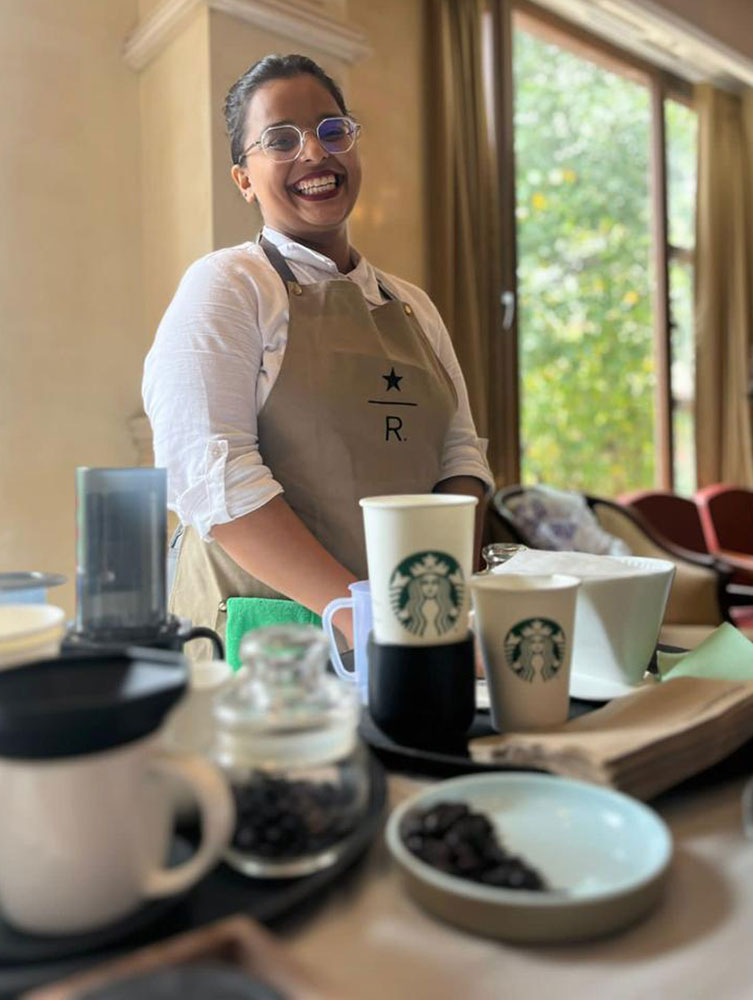
In FY23, the company reported net sales of Rs 1,087 crore, a record growth of 71% over FY22. “We have grown both our top line and bottom line,” says Mr Dash. “We have been able to do that because we have the right mix of what the brand stands for internationally and at the same time localising to root the brand in India.”
Localisation strategy
“As we expand our presence in Tier 2 and 3 cities, we need to become a more familiar and accessible brand for our customers,” says Mr Dash. The company accelerated its localisation strategy in 2022, launching a pilot programme in Bengaluru, Bhopal, Gurugram and Indore for six months. “Our pilot, where we introduced a range of familiar beverages and a revamped food menu, yielded fantastic results from both new and existing customers,” says Mr Dash. The success of the initiatives has prompted the company to roll them out in stores across the country.
The programme had three main areas of focus. The first involved introducing beverages beyond coffee, like masala chai, elaichi chai — both favourites in Indian homes — and milkshakes, to draw in people who are not coffee drinkers. Tata Starbucks also added filter coffee for consumers who like their beverages the traditional way. These new offerings present an opportunity for families, particularly those with children, to consider visiting a Starbucks on their day out.
The company’s research revealed that Indian customers were seeking a smaller, more affordable size option — unlike their American counterparts, who prefer large sizes. So, Tata Starbucks introduced Picco, a new serving size for hot beverages. At just 6oz or 175ml, the serving size is unique to the Indian market, where customers prefer smaller hot beverages and are impressed by value for money..
Next, Tata Starbucks revamped its food menu, launching bite-sized items that could be shared or had between meals, which would be lighter on the stomach and the pocket. “India is a price-sensitive market,” says Mr Dash. “By adjusting the portion sizes, we are making our products more accessible, attracting newer customers.”
For customers new to the Starbucks experience, questions of what to order and how to order it, could make entering the store an inhibiting experience. The company realised that one way to put them at ease was to have more Indian flavours. So, it crafted menus for different regions, adding familiar favourites that were guaranteed to appeal to the local palate.
“We have introduced items such as Laal Maas Turnover in the north, Kosha Mangsho Wrap in the east, and Rayalaseema Mutton Bun in the south,” says Mr Dash. “We aren’t just curating an Indian menu but going down to the regional and local level. This is part of our effort to attract customers in smaller towns.” These regionalised menus seek to create a sense of familiarity and comfort, while inviting customers to sample the coffee blends that have made the brand a global favourite.
These initiatives have resulted in an increase in average daily transactions and higher footfalls — Tata Starbucks serves over 4 lakh customers every week — not just in the metros, where it is easier because of the brand’s reputation, but in smaller towns as well.
Appealing to Gen Z
The change in India’s coffee culture has also been fuelled by the country’s young, well-travelled Gen Z and millennial customers, who are open to experiences and experimentation, and have more spending power. For them, a visit to a café is more than just about a cup of coffee — it’s also about the experience, a space to spend time with friends or some quality ‘me time’. And Starbucks with its Third Place culture provides just that.
Mr Dash points out that Starbucks’ strong focus on corporate social responsibility and commitment to the environment also resonate with Gen Z, who show a preference for associating with brands that operate with integrity. All of these factors have helped increase their loyalty to the Starbucks brand.
Building connections and loyalty
For Starbucks, the Third Place culture goes beyond just crafting a comfortable physical space where customers can spend some quality time. It is about creating a welcoming environment, driving a feeling of connection and belonging, where customers feel appreciated and valued. All of this is driven by its partners (baristas), who are trained to deliver a personalised approach and help build an emotional connection with the brand. This is a key differentiator that Mr Dash believes competitors will not be able to replicate. “This is the secret ingredient of Starbucks that make us an aspirational yet warm brand,” he says.
A store format for everyone
While starting off in India with large, showcase outlets, Tata Starbucks has since evolved to include smaller, nimbler formats, like shop-in-shop, pick-up stores, highway stores, as well as drive-thru. These have spurred its rapid growth across the country, helping it efficiently enter unsaturated markets without too much expense. In 2023, Tata Starbucks opened its first two 24x7 stores in the country, in Chennai and Kozhikode, giving customers new ways to connect. Along the way, the company highlighted its mastery over coffee by setting up the first Starbucks Reserve store in India. The store is designed to appeal to connoisseurs, offering them a heightened experience centred around coffee.
Tata Starbucks is also driving convenience and meaningful experiences in the Fourth Place — the digital realm — through mobile ordering and delivery. The Tata Starbucks mobile app leverages artificial intelligence to drive product discovery journeys, personalise the ordering experience, and make payments seamless. The company has launched a WhatsApp-based ‘scan-order-pay’ solution and made their products available on popular delivery platforms so customers can enjoy their favourite beverage in the comfort of their home or office. Delivery alone contributes ~11% of the annual turnover.
It is also leveraging its My Starbucks Rewards loyalty programme to encourage customers to continue to opt for Starbucks by offering exclusive benefits, rewards and personalised offers. The strategy is working, with more than 2.3 million customers participating in the loyalty programme in FY23 — almost twice as much as FY22.
Moving forward, Tata Starbucks plans to continue diversifying its portfolio of stores, nurture customers’ growing appreciation for premium coffee and deliver locally relevant product innovations that excite customers.
- Cynthia Rodrigues




